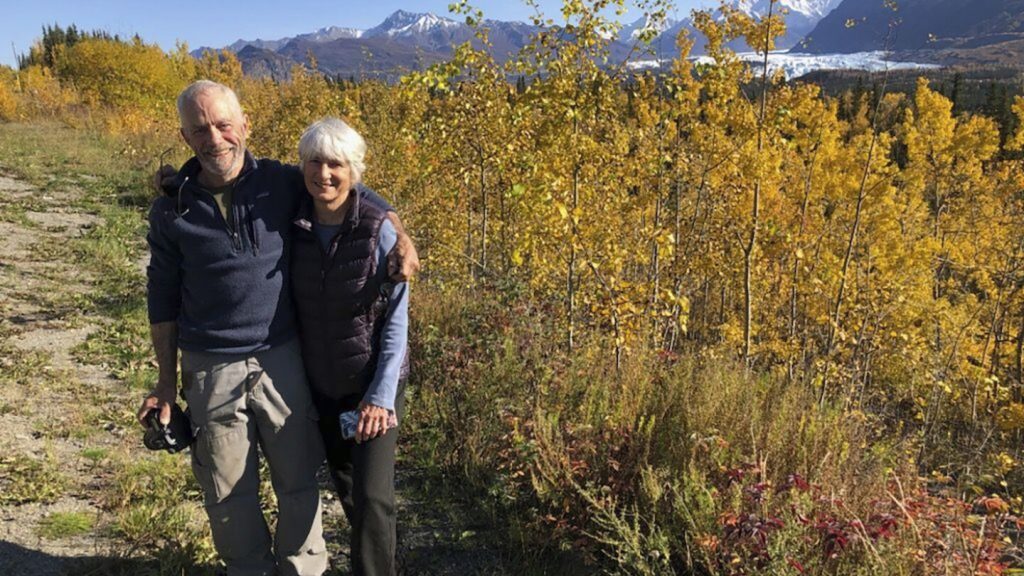The family of Dale Chorman, a nature photographer from Alaska who was fatally attacked by a moose while trying to photograph her newborn twin calves, has stated that he knew the risks of taking photos in the wild and died doing what he loved. Despite calls for the moose to be killed, Chorman’s family does not want the animal put down as she was only protecting her offspring. Chorman and a friend were attempting to find the moose and calves to photograph them when the moose charged at them, resulting in Chorman’s death.
Chorman’s son, Nate Spence-Chorman, described his father as a loving husband, a great father, and a fantastic friend to many. Chorman was a builder and carpenter by trade but also had a passion for wildlife, being a naturalist, avid birder, and wildlife guide who loved sharing his photos. Spence-Chorman emphasized that his father was not a fool stumbling into danger, but someone who knew the risks and got caught in a dangerous moment while pursuing a great photo. Despite the tragic outcome, Spence-Chorman stated that his father would have accepted this fate, as he died doing what he loved.
The Alaska Department of Fish and Game, while concerned about public safety in the wake of the moose attack, is not actively pursuing the killing of the moose unless it continues to present a threat to the public. Cyndi Wardlow, a regional supervisor in the Department of Wildlife Conservation, urged all individuals, including tourists visiting Alaska, to be aware of wildlife and their surroundings. Moose, being the largest species in the deer family, can weigh up to 800 pounds and stand up to 6 feet tall at the shoulder, making them formidable creatures that should be approached with caution.
This is the second fatal moose attack in Alaska in the last three decades, the previous incident occurring in 1995 when a moose stomped a man to death on the University of Alaska Anchorage campus. Dale Chorman, originally from Painesville, Ohio, had hitchhiked to Alaska in the 1980s and had a passion for wildlife photography and guiding. He met his wife, Dianne, in Alaska while she was visiting to view bears, and spent much of his professional guiding work focused on brown bear photography. Chorman was well-traveled, having visited various regions across the globe.
Chorman’s son highlighted his father’s dedication to wildlife and his ability to identify bird species by their calls alone, showcasing his expertise in the field of birding as well. Homer, where Chorman resided, is located on Alaska’s Kenai Peninsula and is known for its diverse wildlife and natural beauty. Despite the tragic circumstances of his death, Chorman’s family remembers him as someone who died doing what he loved and would have accepted the outcome. The incident serves as a reminder of the risks and respect that should be afforded to wildlife in their natural habitats, especially in the vast and untamed wilderness of Alaska.


